Nalanda as a monastic institution in the time of Buddha emerged into the greatest academic and spiritual centre of Asia in the early medieval times. This alludes to successive stages of development in Buddhism from naive realism of the early monastic order to developed metaphysic of the Prajnaparamita and Yogacara philosophies which revolutionized the capacity of thinking of men. The Tibetan and Chinese histories aver five sciences taught at the Mahavihara as had been prescribed by Asanga. These have been enumerated as (i) Sabda-vidya (grammar, lexicography); (ii) Silpasthana-vidya (arts); (iii) Cikitsa-vidya (medical science); (iv) Hetu-vidya (logic, meta-physics); and (v) Adhyatma-vidya (the cosmic sciences, philosophy). A mass of secret teaching and modes of worship are contained in Tantric texts. Nalanda also ushered in a new school of art. It is acceded that Indian art in the earliest stage was based in six centres as Gandhara, Mathura, Sanchi, Sarnath, Ajanta and Amaravati. If the Gandhara school has analogies with the antique-Etruscan intermixed with the Greco-Roman, from which the art of Italy flashed in Christian art and similarly other centres flourished with composite features, the Nalanda school like the other five schools, being purely Indian in conception, traces its roots into the sculptures of Sarnath and Mathura. It has its own ethos and historical development. The book, an outcome of the research papers presented in the International Conference on ‘The Heritage of Nalanda’ held at Nalanda (February 12 to 14, 2006), a landmark in the field of scholarship, in its six parts with its critical delineation, has a veritable coverage as: (i) History, (ii) Art and Archaeology, (iii) Early Medieval Scholasticism: Logic, Philosophy and Esoterism, (iv) Literature, (v) Monastic Education: Ideals of Nalanda Mahavihara, and (vi) Nalanda Experience. The strikingly illustrated book is a significant contribution to the field of Buddhist studies and is valuable for a general interest reader as well as an academician.
The Social Philosophy of Buddhism
$27.00
$30.00

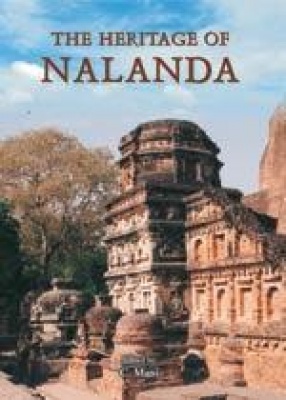
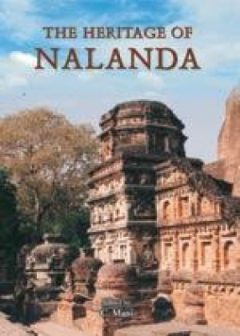
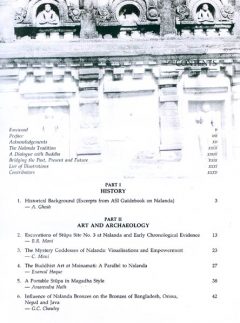
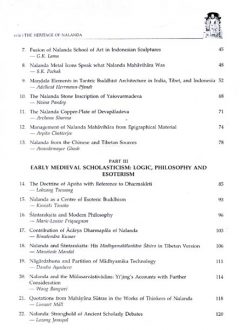
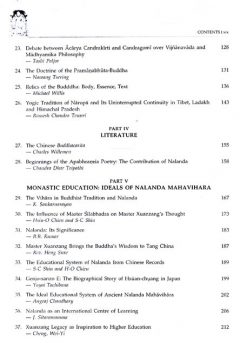
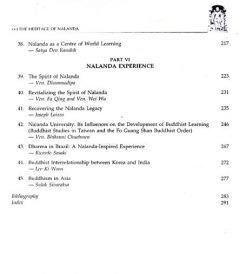
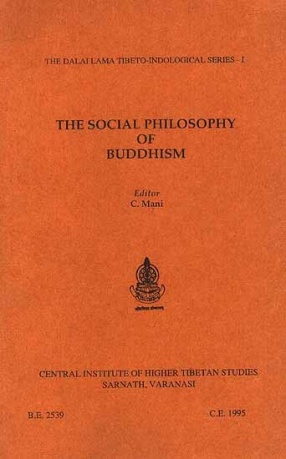
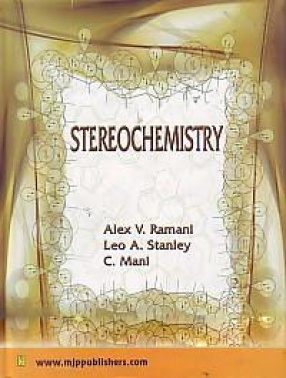

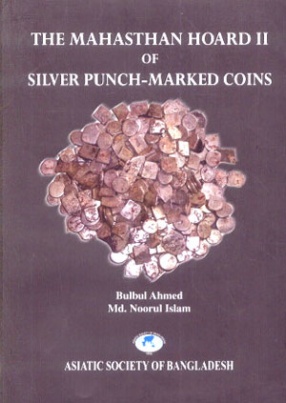
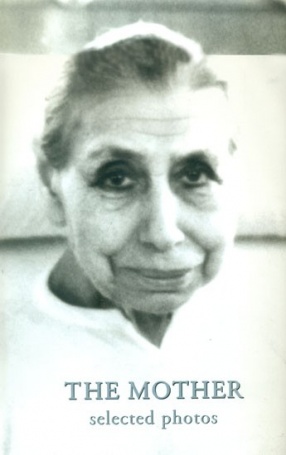
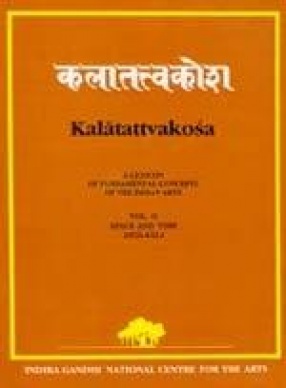
There are no reviews yet.